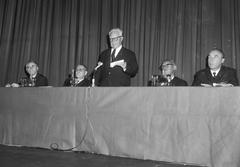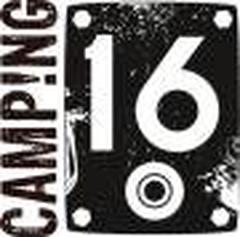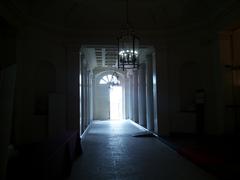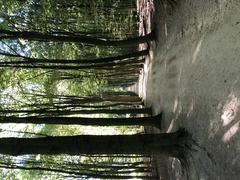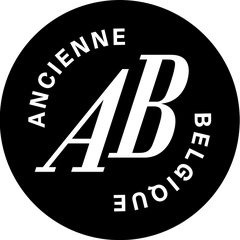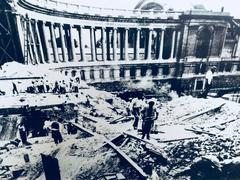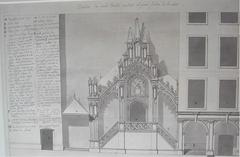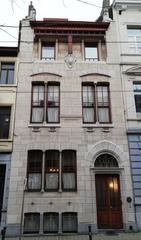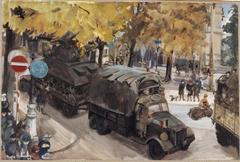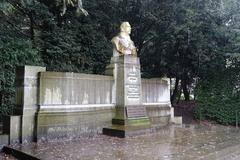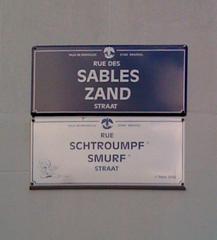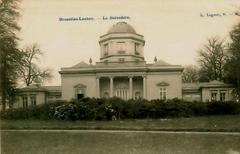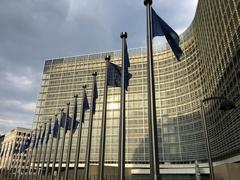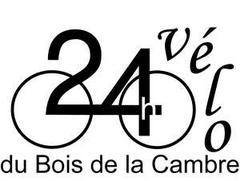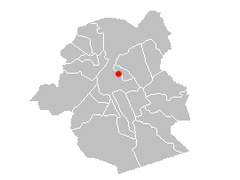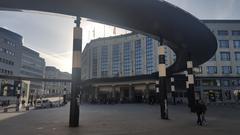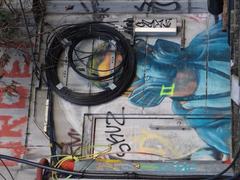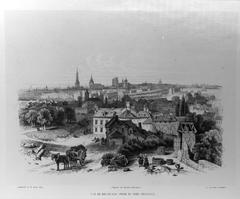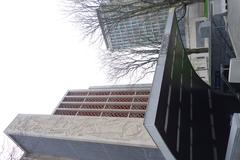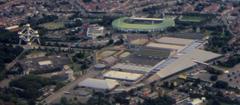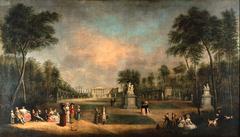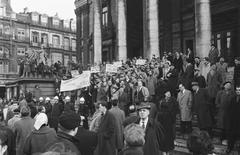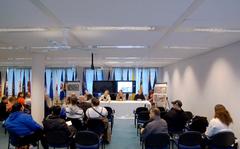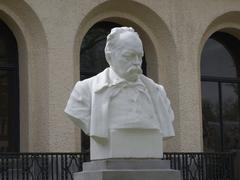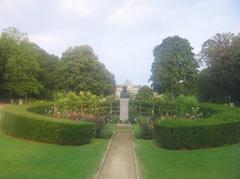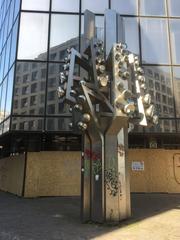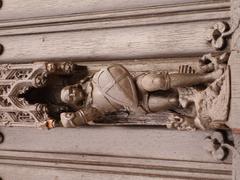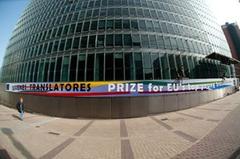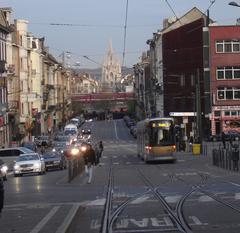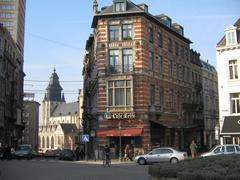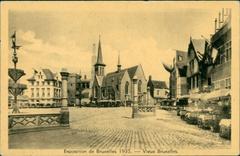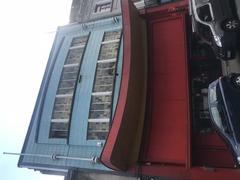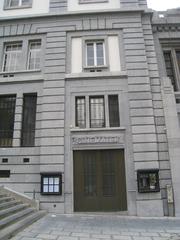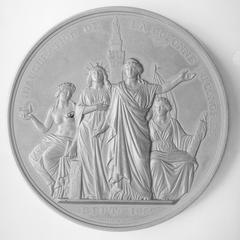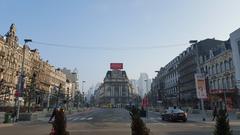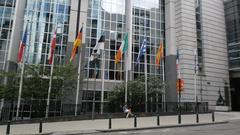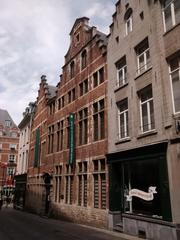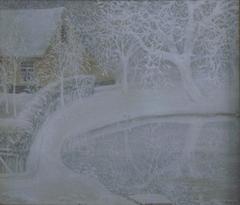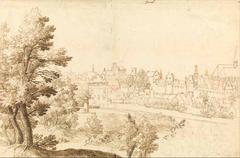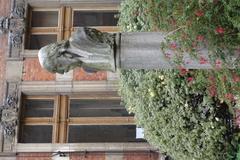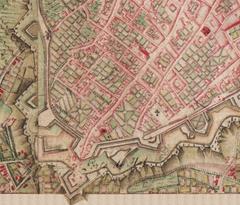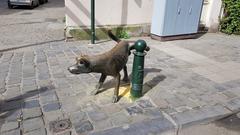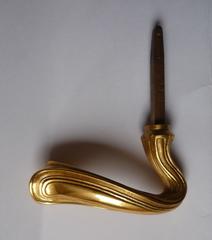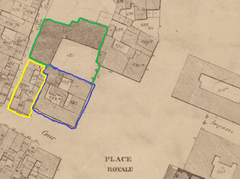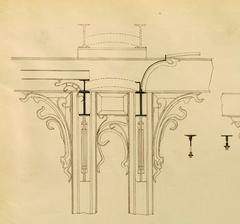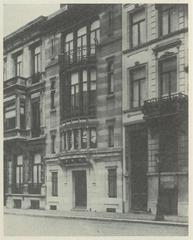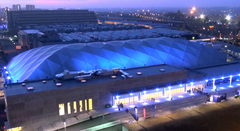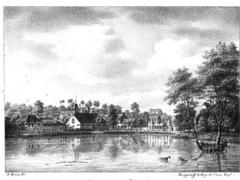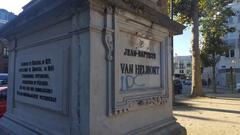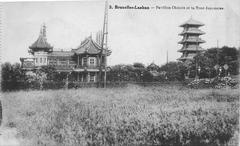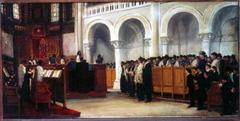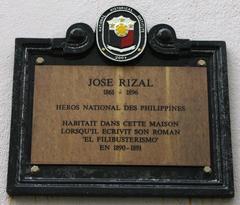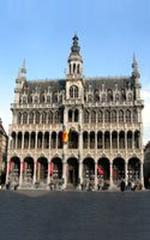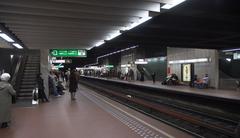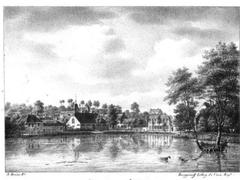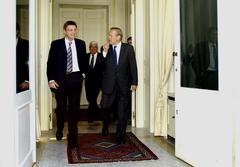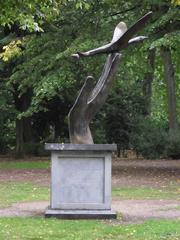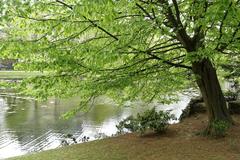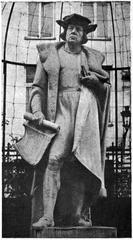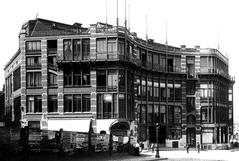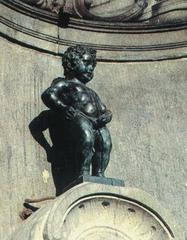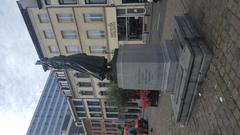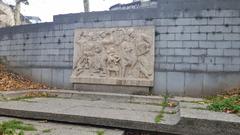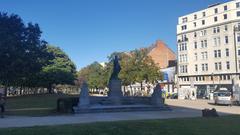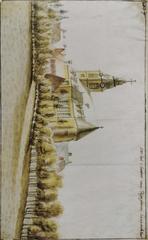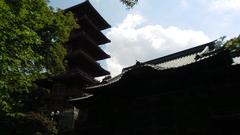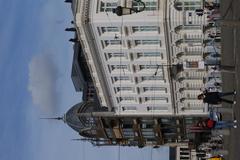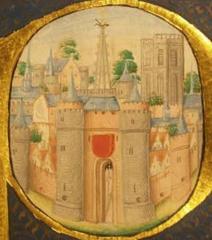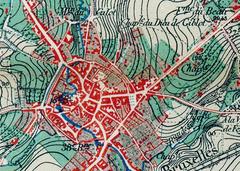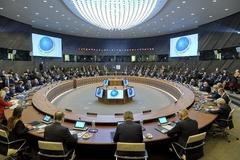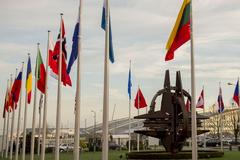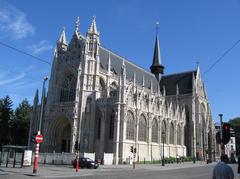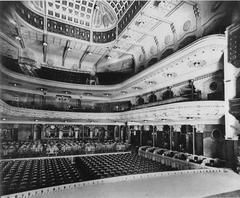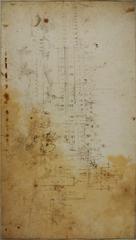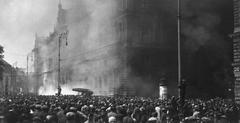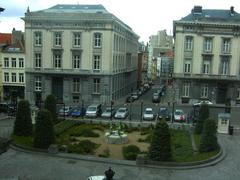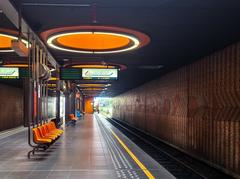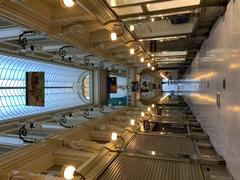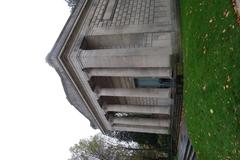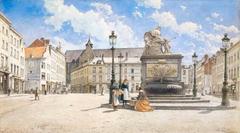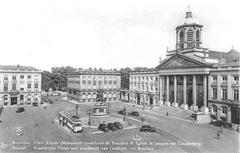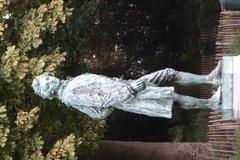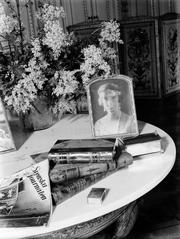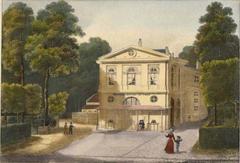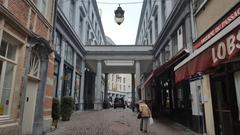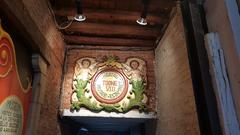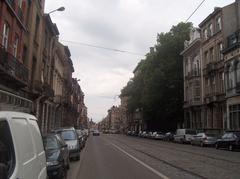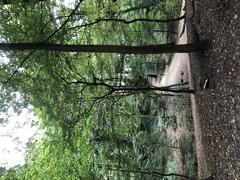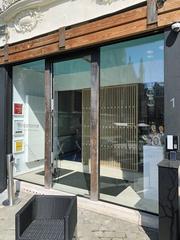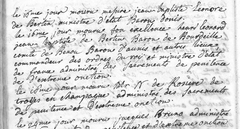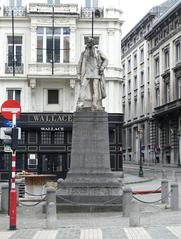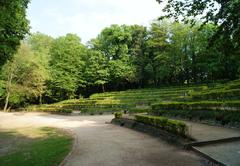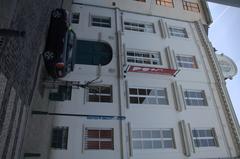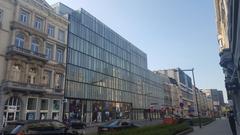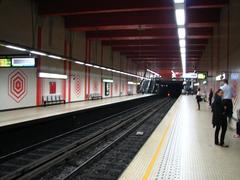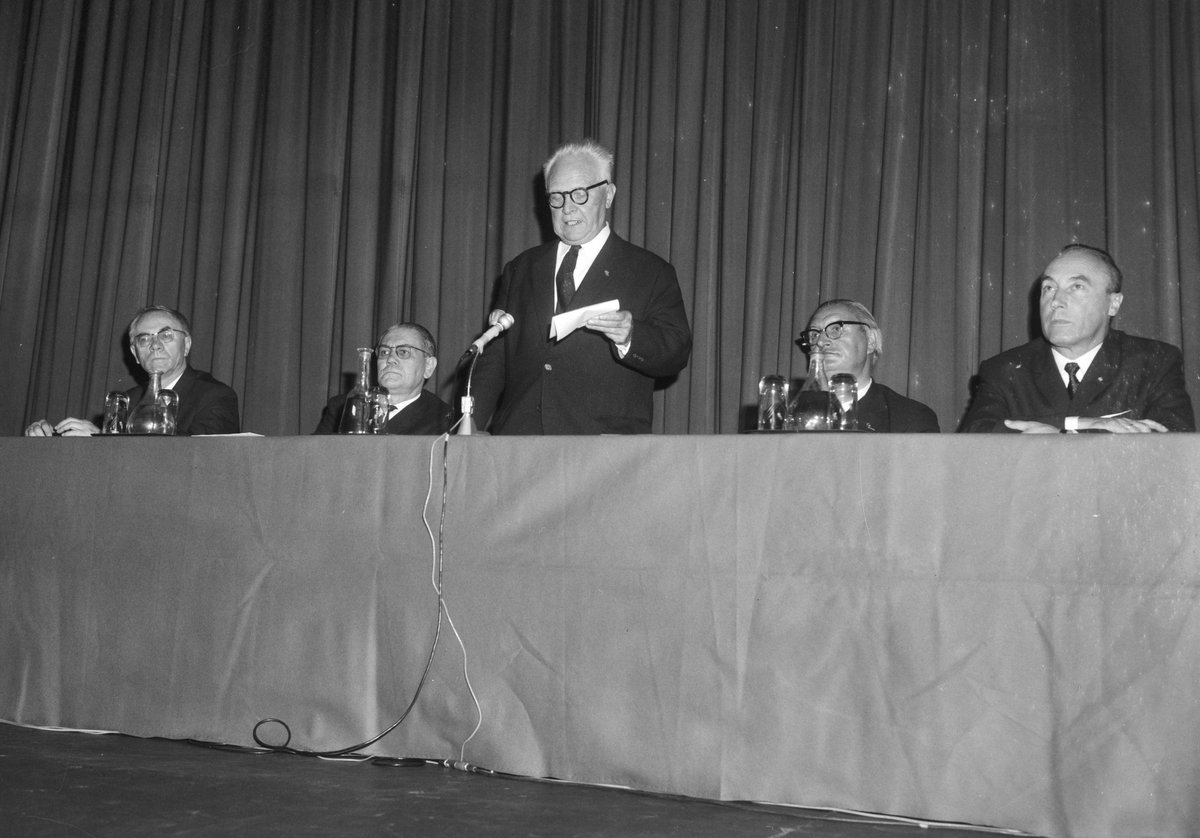
Residence Palace Visiting Hours, Tickets, and Guide to City of Brussels Historical Sites
Date: 14/06/2025
Introduction
Located in the heart of Brussels’ vibrant European Quarter, the Résidence Palace stands as an enduring symbol of Art Deco elegance, political significance, and cultural heritage. Conceived in the 1920s by Swiss architect Michel Polak, the palace was originally designed as an exclusive residential complex with modern amenities such as a swimming pool and theater. Over time, this architectural masterpiece transitioned from a luxurious dwelling to a pivotal site for European governance, now housing the European Council, the Council of the European Union, and the International Press Centre.
This guide provides in-depth insights into the Résidence Palace’s history, architectural highlights, ongoing restoration projects—including the prized Art Deco swimming pool and theater—and essential visitor information. It covers practical details such as visiting hours, tickets, accessibility, and nearby attractions, empowering you to make the most of your visit to one of Brussels’ most iconic landmarks. For the latest updates, consult official resources such as visit.brussels and the Regie des Batiments.
Table of Contents
- Origins and Early History
- Post-War Transformation and Institutional Use
- The Europa Building: Contemporary Integration
- Cultural and Political Significance
- Restoration and Preservation Efforts
- Visitor Experience: Hours, Tickets, and Tips
- Accessibility
- Frequently Asked Questions (FAQ)
- Visuals and Media Suggestions
- Internal Links and Further Exploration
- Plan Your Visit
Origins and Early History
The Résidence Palace was developed in the late 1920s as a high-end residential complex for diplomats and the city’s elite. Architect Michel Polak’s vision materialized between 1922 and 1927, with the Art Deco style prominently showcased in geometric motifs, refined facades, and lavish interiors. The complex originally featured multiple blocks (A, B, C, D, and E), with Block A being the most architecturally significant. Amenities included a swimming pool, theater, and communal spaces, positioning the palace as a beacon of modern, cosmopolitan living (CoxGomyl).
Despite its initial grandeur, the economic downturn of the 1930s and the disruptions of World War II led to a decline in the palace’s fortunes, shifting its purpose in the decades that followed.
Post-War Transformation and Institutional Use
After WWII, the Résidence Palace’s function evolved. The Belgian state gradually acquired much of the complex, converting it into governmental offices and administrative spaces. Its proximity to other European institutions—the European Commission and Council of the EU—made it a strategic location as Brussels emerged as the administrative heart of Europe (visit.brussels).
The Europa Building: Contemporary Integration
A major milestone came in the early 21st century, when Block A was redeveloped to house the European Council and the Council of the European Union. The winning design by Philippe Samyn and Partners, completed in 2016, ingeniously fused the preserved Art Deco façade with a striking modern core—the “Egg”—encased in a glass cube clad with over 3,750 recycled window frames sourced from across Europe (CoxGomyl). This design embodies unity in diversity and transparency in European governance.
The elliptical Egg contains key meeting rooms, while the façade’s patchwork of recycled windows stands as a physical testament to European cooperation (Wikipedia: Europa building).
Cultural and Political Significance
Today, the Résidence Palace is synonymous with European unity and political life. It is the main venue for EU summits and international press conferences, and its innovative architecture has become a symbol of transparency and openness. The building’s history and functions reflect Brussels’ layered identity as a historic city and a global center of governance (visit.brussels).
Restoration and Preservation Efforts
The preservation of the Résidence Palace’s Art Deco heritage remains a priority amid its modern role. Notable restoration efforts include:
- Ongoing campaigns to restore the original Art Deco swimming pool and theater, closed since 2002. Despite delays and fines incurred by the federal government, these spaces are slated for completion in 2025, the year designated as “Art Deco Year” in Brussels (Bruzz).
- Restoration of Block C ahead of Belgium’s 2024 EU presidency, which included bringing back original woodwork, refining lighting and acoustics, and unveiling the historical patio with its mosaic and fountain (Regie des Batiments).
These projects are carried out in collaboration with heritage authorities to ensure authenticity and respect for the building’s protected status (Regie der Gebouwen).
Visitor Experience: Hours, Tickets, and Tips
Visiting Hours and Tickets
- General Access: The Résidence Palace is not open to the public except during special events, such as Brussels Heritage Days and EU Open Days.
- Special Events: During open days, hours typically run from 10:00 AM to 6:00 PM. Entry is usually free but may require advance registration due to limited capacity (visit.brussels).
- Guided Tours: Occasional guided tours are available, particularly during festivals like the Brussels Art Nouveau & Art Deco (BANAD) Festival. Booking in advance is recommended (BANAD Brussels website).
- Brasserie: The brasserie is open weekdays from 8:00 AM to 6:00 PM, offering Art Deco ambiance with Belgian cuisine (visit.brussels).
Architectural Highlights
- Glass Cube and Recycled Windows: The unique façade of the Europa Building is best viewed in person, especially at dusk when illuminated.
- The Lantern (“Egg”): The elliptical core within the glass cube is visible from the outside and symbolizes European unity.
- Historic Interiors: Original Art Deco details, including the marble stairway and mosaic fountain, are highlights during guided tours.
- Nighttime Illumination: The building’s exterior lighting accentuates its geometric lines, making it particularly photogenic (thenomadvisor.com).
Nearby Attractions
The Résidence Palace is a short walk from:
- Berlaymont Building (European Commission)
- Parc du Cinquantenaire
- Schuman and Maelbeek metro stations
- Other European Quarter landmarks and museums
Tips for Visitors
- Plan Ahead: Check for open days or guided tours before visiting, as regular access is restricted.
- Combine Visits: Incorporate the Résidence Palace into a broader walking tour of Brussels’ European Quarter.
- Photography: The exterior and illuminated façade are ideal for photos, but interior photography may be restricted during events.
Accessibility
The Résidence Palace is fully accessible for visitors with reduced mobility, with ramps and elevators available in public areas. The surrounding European Quarter is pedestrian-friendly and well connected by public transit.
Frequently Asked Questions (FAQ)
Q: When can I visit the Résidence Palace?
A: Public access is limited to open days and special events. Check visit.brussels and event calendars for dates.
Q: Are tickets required?
A: Entry is usually free during open days, but prior registration or tickets may be needed for guided tours.
Q: Is the building wheelchair accessible?
A: Yes, the Résidence Palace is equipped with ramps and elevators.
Q: Can I take photographs?
A: Exterior photography is welcomed; interior photography depends on event policies.
Q: Are guided tours available?
A: Yes, primarily during festivals and special occasions. See the BANAD Brussels website for details.
Visuals and Media Suggestions
To enhance your visit, explore:
- Images of the Europa Building’s glass cube and “Egg” illuminated at night
- Photographs of restored Art Deco interiors and mosaic details
- Interactive maps of the European Quarter and nearby attractions
- Virtual tours available on official sites
Alt tags should include keywords such as “Residence Palace visiting hours,” “Brussels historical sites,” and “Residence Palace tickets” for accessibility and SEO.
Internal Links and Further Exploration
- [Brussels historical sites and landmarks]
- [Art Deco architecture in Brussels]
- [European Union institutions in Brussels]
- [BANAD Festival Brussels]
Plan Your Visit
The Résidence Palace offers a fascinating journey through Brussels’ architectural, political, and cultural history. Stay updated on special events and guided tours via visit.brussels, and consider combining your visit with tours of the European Quarter’s other historic sites. For further insights, download the Audiala app for curated audio guides and up-to-date tourism information.
References and Further Reading
- Résidence Palace Brussels: Visiting Hours, Tickets, and Historical Guide (CoxGomyl)
- Residence Palace Brussels: Visiting Hours, Tickets, and Architectural Highlights (visit.brussels)
- Residence Palace Brussels: Political Significance (Regie des Batiments)
- Restoration and Preservation Efforts at Residence Palace (Regie der Gebouwen)
- Brussels Art Deco Swimming Pool Restoration News (Bruzz)
- Europa Building Wikipedia Entry
Experience the intersection of history, architecture, and European unity at the Résidence Palace—one of Brussels’ most remarkable destinations.
